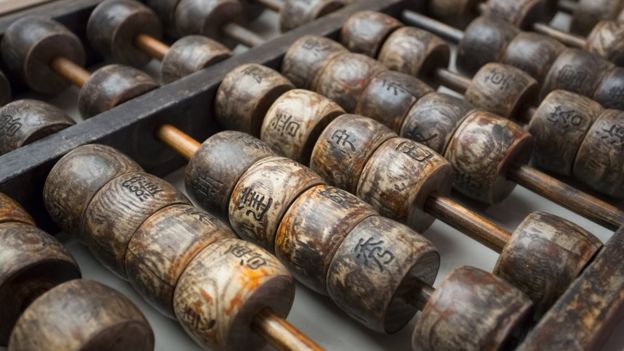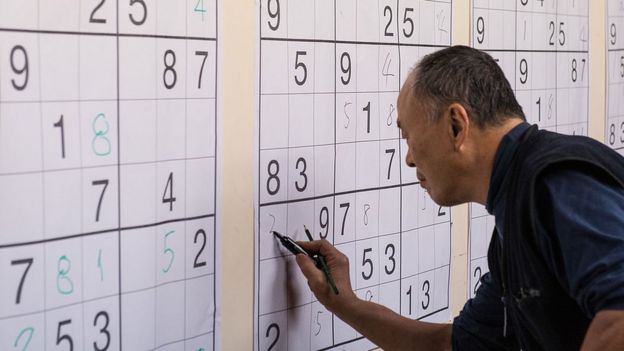 |
Ancient China: Mathematics, Emperor and Timeline of the Haram of 121 Women |
Whether measuring time or finding ways to navigate the seas, in ancient civilizations they all depended on mathematics.
The development of mathematics in human civilization began in ancient Egypt, Greece and Mesopotamia (today's Iraq), but after the decline of these civilizations, the development of mathematics stopped in the West.
In the East, however, the use and research of mathematics reached a new height.
In ancient China, mathematics was the key to calculating the thousands of miles of the Great Wall of China. And mathematical numbers were so important that they played an important role in running the affairs of the royal court.
The use of mathematics in planning
 JTN IMAGES
JTN IMAGES
These figures and the calculations of the movements of the stars not only influenced the decisions of the kings but also determined the working hours and calendars of their day and night work.
Ancient royal advisers devised a system to ensure that emperors could sleep with many women in their harems.
This system was based on an idea of arithmetic called 'geometric progression', that is, a series of increments in numbers multiplied by a single prime number.
According to this calculation, the king had to sleep with 121 women in 15 nights. The distribution is as follows:
- A queen
- Three senior colleagues
- 9 wives
- 27 maids
- 81 Slaves
By this calculation, each group of women was three times larger than the previous group. So the mathematicians had to make sure that the king could have sex with every woman in the harem in 15 nights.
The king's sexual ability
 JTN IMAGES
JTN IMAGES
The first night was reserved for the queen, the next night three companions were in the king's harem. Nine wives followed him.
And after them, nine of the 27 maids were chosen alternately for each night. And in the last nine nights it was the turn of 81 concubines who were sent in groups of 9 to the king's harem every night.
The reckoning of this calendar ensured that the women of the royal rank were kept in the harem with the king in the vicinity of the full moon when the 'yin', i.e. the sexual power of the woman, was at its height and that man, the king. The sexual power of 'Yang' could be equal.
Being in power, they definitely need sexual ability, but the goal was clear: to get the best royal heir.
The king's court relied not only on mathematics but also on other matters of state.
Interest in math
 JTN IMAGES
JTN IMAGES
The empire of ancient China was expanding under a strict constitution with a large system of taxes, weights, measures and wealth.
China adopted the decimal system (10-based numerical system) 1000 years before the West and was using the methods of solving mathematical problems that the West adopted in the early 19th century.
According to ancient mythology, the first sovereign ruler of China, the Yellow King, and his associates created the god of mathematics in 2800 BC, and they believed that numbers influenced the universe, and that even ordinary Chinese Believe in the mysterious power of numbers.
In Chinese statistics, odd numbers are used for men, even numbers for women. The number four is to be avoided in all cases and the number eight is considered a sign of good luck.
 AFP
AFP
The ancient Chinese had developed their own version of the numbers game "Sudoku" in which they used numbers in a special order.
In the sixth century AD, the Chinese used the Rest Theory to observe the movements of the stars in astronomy. And it still has many uses today.
Internet cryptography or cryptocurrency codes use mathematical methods rooted in Chinese 'rest theory'.
(Note: This report was previously published on the BBC Urdu website on May 19, 2019)



No comments:
Post a Comment